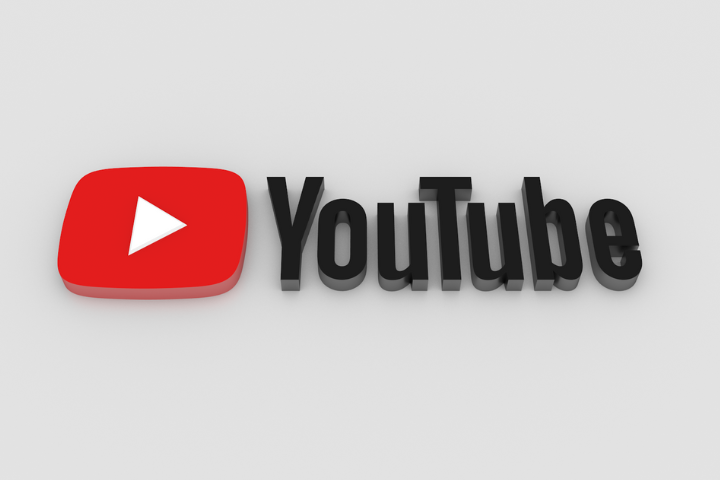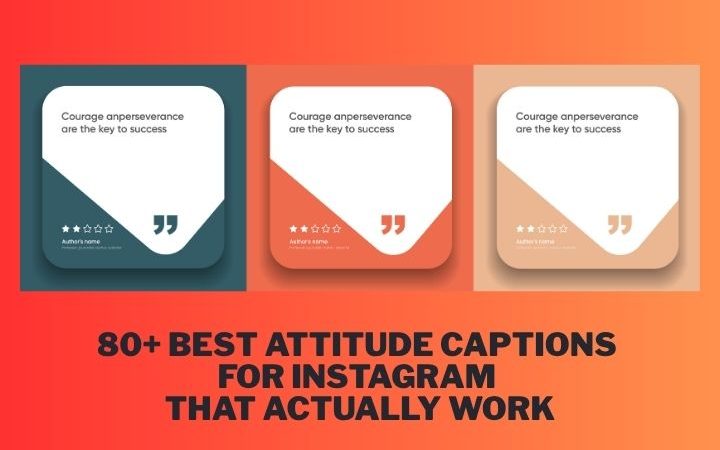YouTube Advertising: Costs And Practical Advice To Get Started

Let’s talk about YouTube Advertising or how to advertise on YouTube. The video platform requires a targeted strategy before starting a promo campaign: here are what factors to consider to optimize your budget.
YouTube is a social network and a search engine that manages to reach a total of hours spent by users, higher than those of Netflix and Facebook together. We are talking about 1 billion hours a day divided by about 30 million visitors. If the platform’s popularity is not in question, different insight deserves its use for branding and marketing purposes.
Types of YouTube ads: what are they, and what characteristics do they have?
Let’s start by saying that the management of YouTube ads is entrusted to Google Ads, the platform dedicated by Big G to the publication of promotional content on its advertising network. The steps for creating a paid campaign, therefore, are not that different from those we have come to know for other digital marketing tools:
- Selection of the format of the promotional content.
- Choice of the target audience, segmented by parameters such as language, age, and location.
- Setting the promotional budget to invest in the campaign.
The importance of format is very specific to YouTube ads, which is crucial to an effective and successful campaign. In fact, the platform offers different types of ads, each suitable for pursuing specific objectives. The correct choice is made either by relying on a web agency specialized in YouTube advertising or by providing an investment in preliminary tests that allow you to identify which is the best performing format for your message. Here are which options you can choose:
- Non-skippable video ads: they are the ones that cannot be ‘skipped.’ As a type of ad, they are suitable when the goal is to make lead generation with Youtube but require a medium-high promotional budget. They have an average duration of 15-20 seconds, and their viewing is mandatory before, during, or after the video you searched for on YouTube. When a user watches the desired content, he will also see the ad, which generates an automatic cost charge for the advertiser.
- TrueView video ads: Again, they can be placed before, during, or after the main video content. The specific feature is the ability to target the audience better; the cost is calculated only if a potential customer looks at the ad for at least 30 seconds or clicks on it. This type of YouTube ad is, in turn, divided into two sub-categories: In-stream ads and Video Discovery ads. The In-stream format allows users to ‘skip’ the ad after the first 5 seconds, while the advertiser is charged in case of interaction or on the basis of 30 seconds of viewing. The Video Discovery format is included in the YouTube search results, and the cost is automatic only if there is a user click.
- YouTube mid-roll ads: they are available exclusively for videos of long duration, that is, longer than 15 minutes, and follow the idea of television commercials, as they intersperse the reproduction of the content chosen by the user who must watch them before continuing to use them.
- YouTube bumper ads: they are non-skippable Ads, having as their main feature the short duration, equal to a maximum of 6 seconds. They require an incisive message capable of attracting the potential customer’s attention in a short time. They appear before the main YouTube video is played and are paid by the advertiser on a CPM (Cost Per Thousand Impressions) basis.
- YouTube sponsored tabs: allow the advertiser to highlight relevant and relevant content contained in the video. While viewers see a preview of the card for a few seconds, and if interested, they can decide to click on the icon in the upper right corner to browse the various cards.
How much does a YouTube promotional campaign cost?
An important question of costs is to establish the investment necessary to create a performing advertising campaign on YouTube. Let’s start by remembering that the promotional actions of SEM ( Search Engine Marketing ) and SMM ( Social Media Marketing ) have a cost based on the number of clicks ( Pay Per Click ) or on the number of views per 1000 (CPM). What affects the final expenditure the most are factors such as:
- the objective to be achieved (Lead, Website traffic, Brand awareness and coverage, Product and brand consideration);
- the type of ads chosen;
- The quality of the video to be made.
Based on the analytical study of these factors, you can decide which amount you want to spend, being able to choose between the Daily Budget (the average amount to spend each day) or the Campaign Budget (the total expenditure for the entire campaign).
We refer, for indicative purposes only, to the average advertising cost of an ad on YouTube, which varies from 10 to 30 euro cents per view or action (cost calculated on a daily budget of about 10 €). This means that when a user views your ad, or part of it, or interacts with it, for example, by clicking, you will pay from € 0.10 to € 0.30.
How to measure the effectiveness of a YouTube advertising campaign?
The optimization of the promotional budget also and, above all, involves an in-depth analysis of the performance. The goal you set determines the target metric to see what results in your YouTube ad campaign is bringing. These are the main metrics available for video marketing campaigns:
- Base performance: this includes, for example, the number of views/interactions and watch time, as well as the average CPV or the average amount you pay when a viewer watches at least 30 seconds of your video or interacts with it.
- Click performance: This includes, among other elements, the total number of clicks and the CRT, which is the ratio between the number of clicks received by the ad and the number of times the ad is served.
- Engagement yield: indicates the interactions, i.e., clicks on interactive elements such as teasers and icons, as well as the engagement rate equal to the ratio between the number of interactions received by the ad and the number of times the ad has been published.
- Coverage and frequency : a complex metric that collects for example unique users, reports on “quartiles” (video played at 25%, 50%, 75%, 100%), channel subscriptions obtained etc.
Find out how to improve your YouTube advertising.
Knowing how to make the most of all the options available to define the ad allows you to develop the best possible campaign. Here are the ones not to be overlooked:
- Add a CTA: YouTube ads can include various interactive elements – such as buttons, tabs, and teasers – that invite users to take action. The Call To Action, literally “call to action,” is usually a button that directs the user to a destination URL which can be that of your YouTube channel to generate subscriptions or that of the promotional video to increase its views.
- Find the most effective keywords: the list of keywords inserted in the appropriate section must contain not only those that generate the highest traffic in the sector but also those that are relevant to the main elements of your video. In practice, you will notify users and the internal search engine for which keywords your video ad competes. Note: This option should soon disappear for Google Ads display and video advertising campaigns.
- Profile your audience by interests and age: the targeting actions made available by YouTube are very inviting for those involved in digital marketing. Knowing how to identify a truly interesting market niche is, in fact, the first step to obtaining results that repay the initial investment. Conversely, a non-targeted message conveyed to people not interested in that product/service involves a sure waste of budget and frustrating results that do not make the actual measurement of the platform’s potential. A good strategy is to start out broad and then refine your interest targeting. How? For example, by carefully selecting the different topics relevant to the content of the video and the type of ad. Then you will have to check periodically, through the available metrics, which are the topics that have not generated performing results in terms of viewing percentages of the sponsored video. In addition to interests, remember to profile your audience by gender and age group. Focusing on these two data is crucial not only to achieve the objectives set but also to avoid dislike (thumbs down) and negative comments from users who are not in line with your product/service.
Also Read : Hashtags On Facebook: How To Choose The Right Ones


